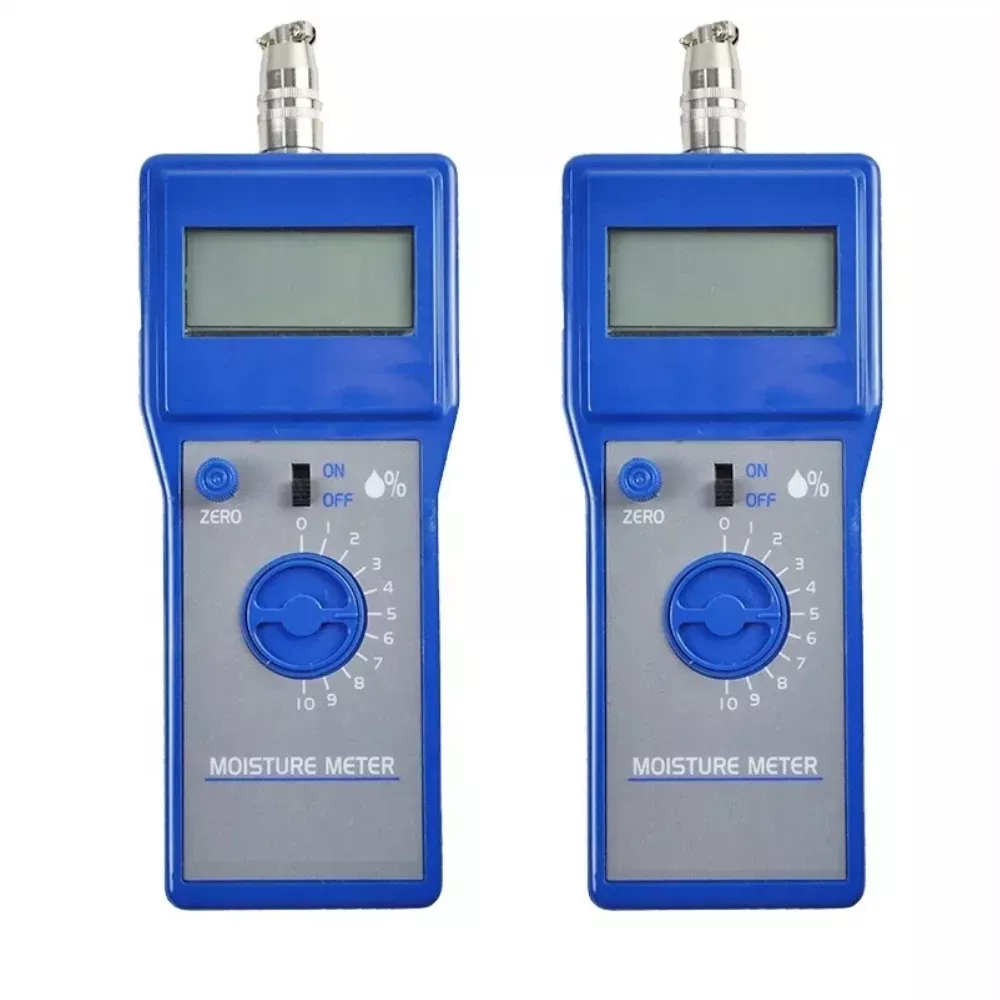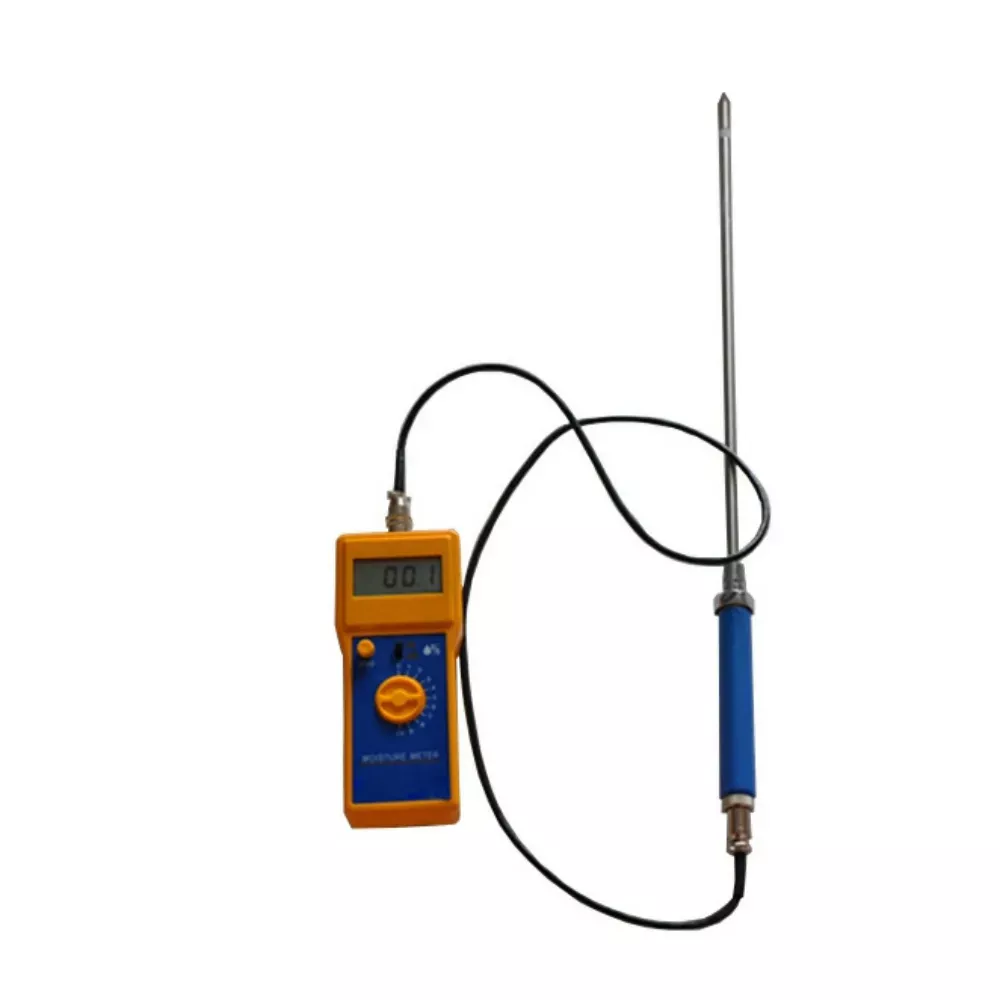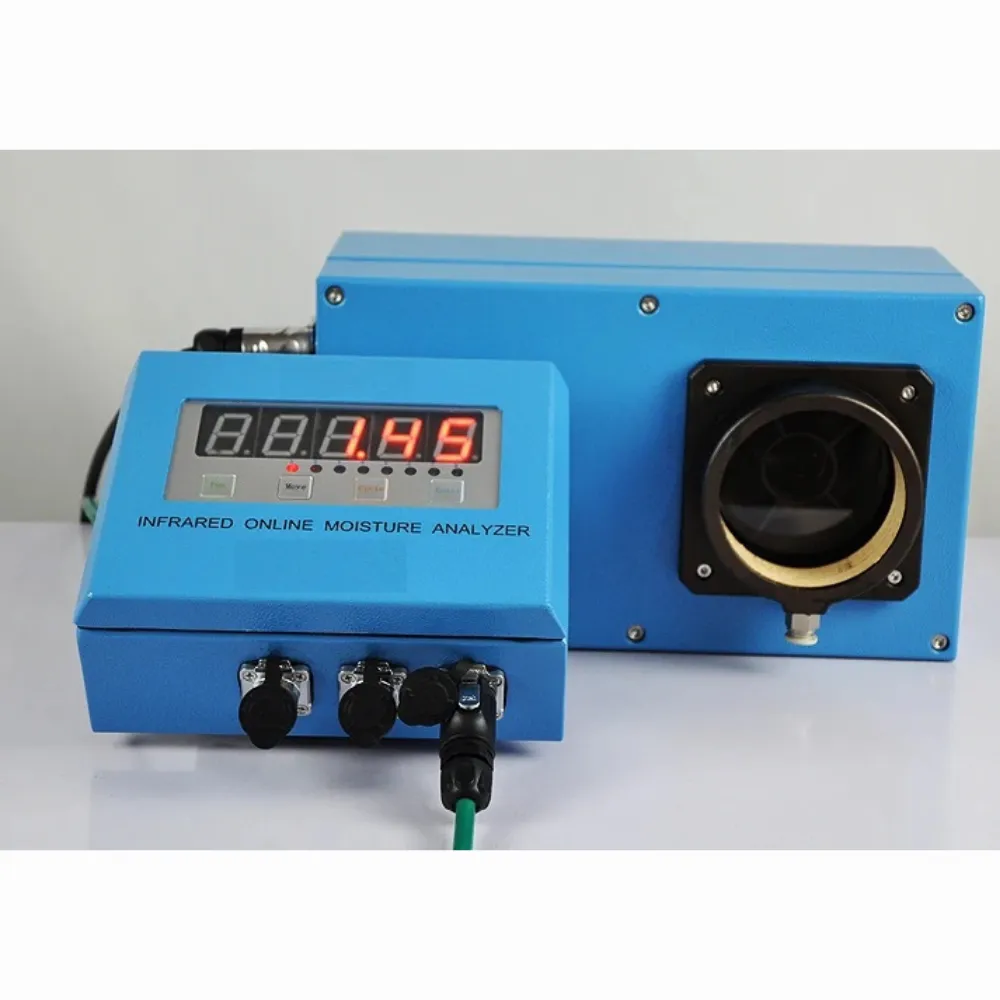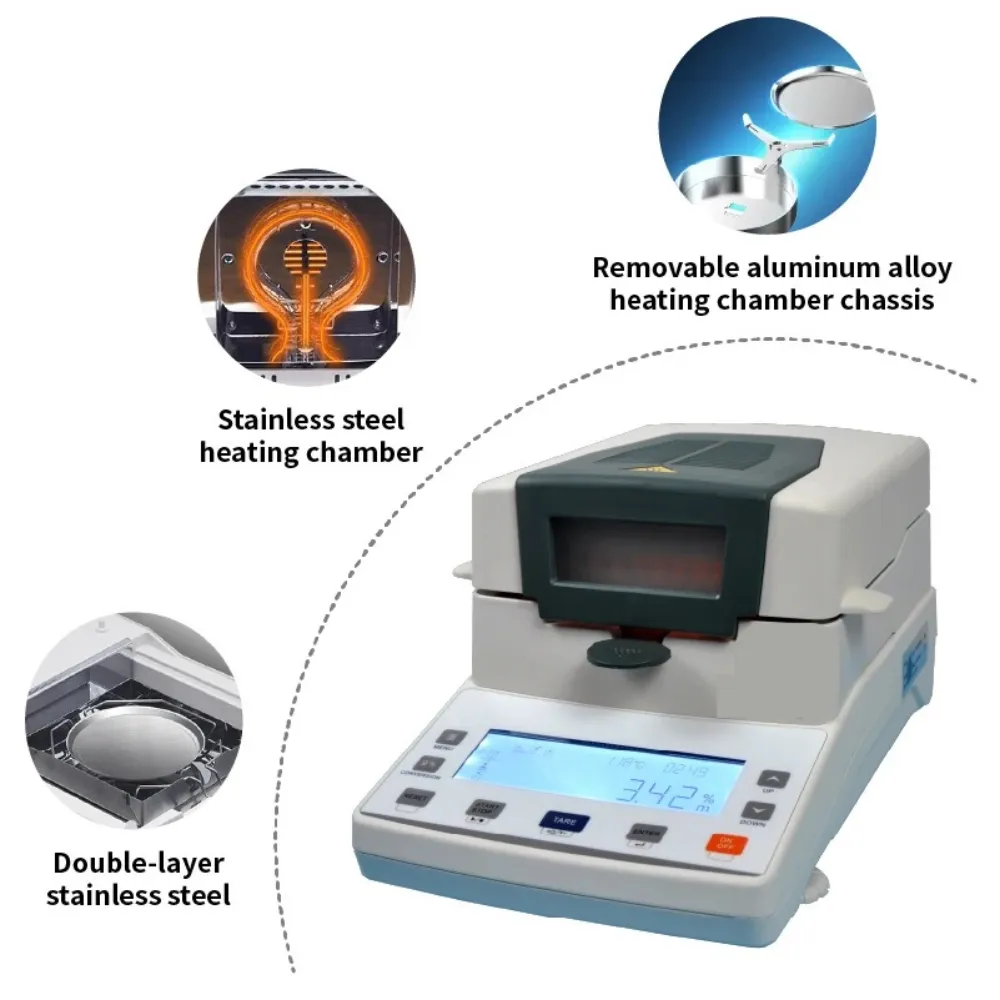
HOW DO I USE A MOISTURE TESTER FOR HAY IN BALES
Table of Contents
Choosing the Right Moisture Meter Probe
You’ll need a hay moisture meter that has an extended-length probe that can penetrate to the core of the bale. This way, you can get moisture measurements from the center, where the majority of moisture is likely to be. The exact length of the probe you’ll need may vary depending on the size of the bale, but a 10″ or 18″ prod should suffice for most bales.
Testing Multiple Locations for Accuracy
Another thing to keep in mind is that after hay has been baled, the internal density and stem-to-leaf ratio are often inconsistent throughout the bale. Because of this, it’s necessary to test a bale in several locations and average the readings — taking specific note of the high readings. We also recommend testing the bales in different locations as field conditions could affect the moisture levels.

Proper Probe Insertion Technique
A firm, uniform contact will yield more accurate results, so the prod should be driven across bale slices.
Accounting for Field Variations
NOTE: Random spoilage of baled hay can occur due to fluctuating field conditions (i.e. windrow size, soil moisture, density, low spots, and shade). Therefore, it’s also important to check bales at several locations in the field.

Comments
Tags
Frequently Asked Question
A 10″ or 18″ probe should suffice for most bales, but the exact length may vary depending on the size of the bale. The probe should be able to reach the core of the bale for accurate measurements.
Due to inconsistent internal density and stem-to-leaf ratio throughout the bale, testing multiple locations and averaging the readings provides a more accurate moisture measurement. Pay special attention to high readings.
Drive the probe across bale slices with firm, uniform contact to yield more accurate results.
Yes, it’s important to check bales at several locations in the field due to fluctuating field conditions such as windrow size, soil moisture, density, low spots, and shade, which can affect moisture levels and potentially cause random spoilage.


